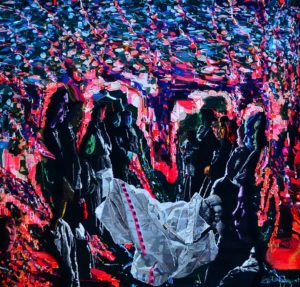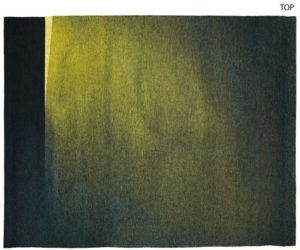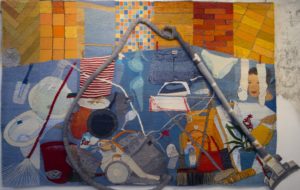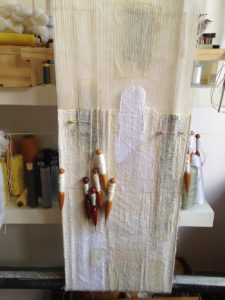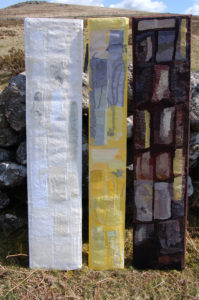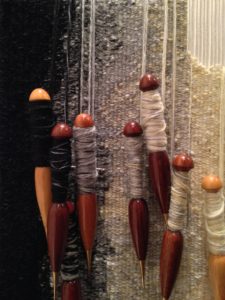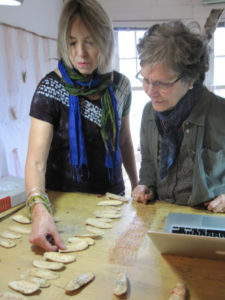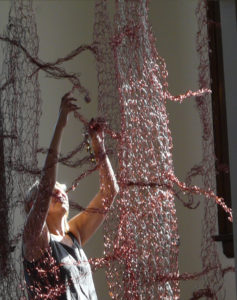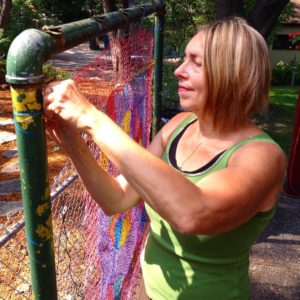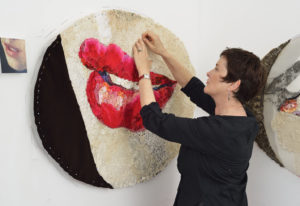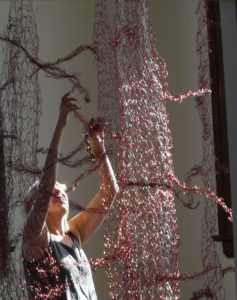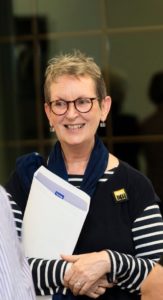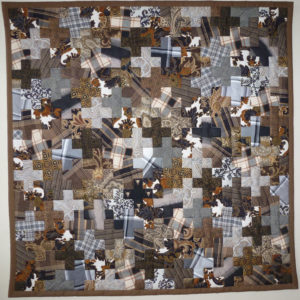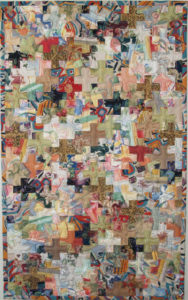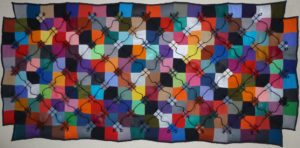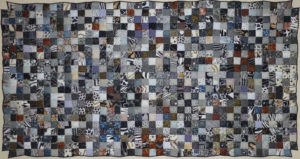Jana Rumberger
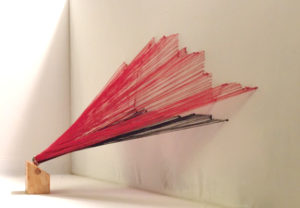
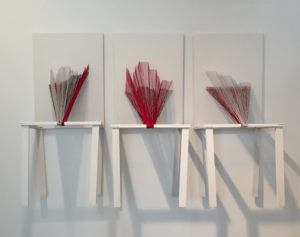
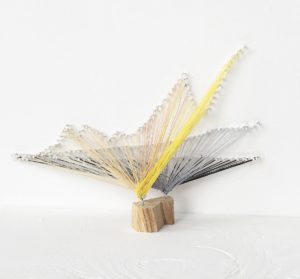
Images clockwise from left: Change in Average Income of the Top 1%, Productivity, and Average Overall Wages 1979-2013, Wood, acrylic, thread, 18 x 24 x 12 in. 2016 .
Marginal Tax Rate, Top 1% and Bottom 99% Income Growth 1913-2005; Piketty and Saez, Historical Marginal Tax Rates for Highest and Lowest Wage Earners 1910-2012; Wikipedia, Tax Revenues Do Not Correlate With Tax Rates 1950-2005; Heritage Foundation, Wood, thread 2016.
Detail from Change in Average Income of the Top 1%, Productivity, and Average Overall Wages 1979-2013, Wood, acrylic, thread, paper, 18 x 24 x 12 in. 2016.
Jana Rumberger is based in San Francisco and works from her home studio in Chinatown. Her work is a combination of trends and visual ideas around her. “I travel a lot for work, and end up spending a lot of time walking around on the street or in museums” Jana explains. “Much of my art involves finding ways to combine all of those references in one place.”
What is your background in textiles?
My mom taught me to sew when I was nine. I used to drive her crazy, because I was always wanted to combine sewing patterns or fabrics and she was very by-the-book. I started by making quilts, and then took a sewing class in my freshman year in high school. There was a period of time that I was torn between fashion and painting, and I ended up focusing on painting and drawing until graduate school (at San Francisco Art Institute (SFAI)), when I began working in sculpture and installation. The minute I started working three-dimensionally again, sewing came back into my practice.
How do you describe your work?
The miniature work I make reflects the scale of the space I live in, and the complexity of communities and ideas that are packed so closely together.
The thread pieces are very meditative to make. The process involves sewing into the wall of the miniature, the back of a chair, or around a wall or other part of the architecture I’m responding to. So, there is a lot of repetition, and that allows me to think about the data that I am depicting, and that starts to reveal and flesh out other ideas about the work or anything else that I am thinking about.
In my thread pieces I take informational charts I find online and translate them to drawings in space, made with lines of thread.
When I started this work I was thinking about San Francisco and the high rents, how the global monetary system works, and what wealth is based on. That led to thinking about how numbers tell stories in the same way that photographs do, and how they can be distorted in the same ways. I’m also interested in the idea of work – how what we do with our hands is connected to concept of value.
We are living in heavily divisive times, and it’s easy to forget how easily data can be manipulated to serve a specific goal or perspective when we are using it to prove our own point. These sculptures and installations are tricky, because they can exist as straight abstract objects of colour and light. I am excited by the second read, the way that the abstraction works off of the interpretation of factual information embedded in each one, in that back and forth.
Jana Rumberger’s first solo exhibition Metafictions, is at State gallery, in San Francisco.




